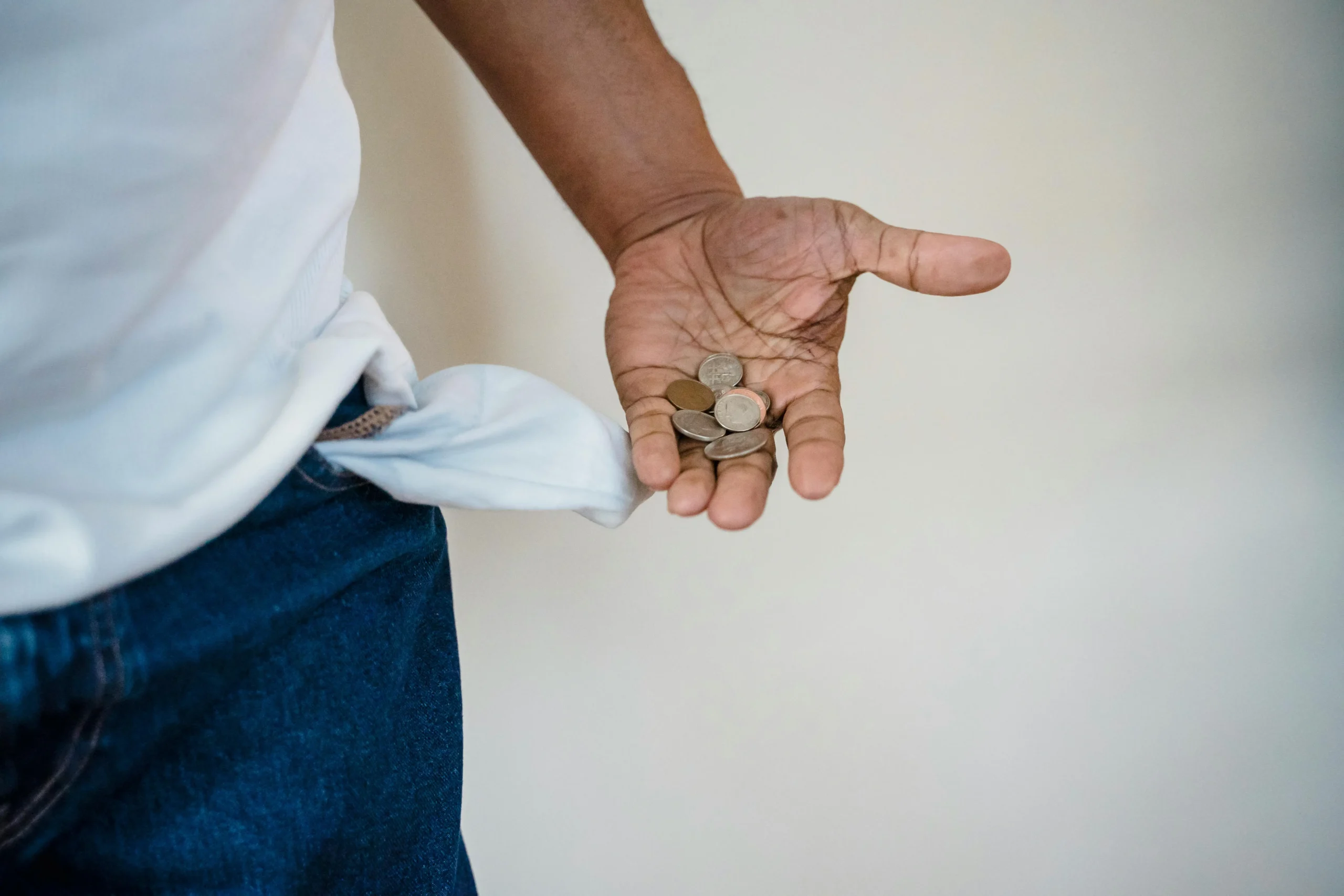The first step in reducing debt is knowing exactly how much you owe. Create a detailed list of all your debts, including balances, interest rates, and minimum monthly payments. This process, while potentially overwhelming, provides a clear picture of your financial situation and helps you develop an achievable plan.
Take time to gather all your statements, log into your accounts, and document every debt – from credit cards and personal loans to student loans and medical bills. Consider creating a spreadsheet to track this information and update it monthly to monitor your progress.
Effective Debt Reduction Strategies
1. Snowball Method
Pay off your smallest debt first while making minimum payments on the others. This method builds momentum and keeps you motivated. The psychological boost from completely eliminating even a small debt can provide the confidence and determination needed to tackle larger debts. Research has shown that people using the snowball method are more likely to stick with their debt repayment plan due to these early wins. Once you pay off one debt, roll that payment amount into tackling the next smallest balance
2. Avalanche Method
Focus on paying off debts with the highest interest rates first. This approach saves money on interest over time. While it might take longer to see your first debt completely paid off, you’ll minimize the total amount paid over the life of your debts. This method is particularly effective when you have significant differences in interest rates between your debts, such as high-interest credit cards and lower-interest student loans. Calculate how much you’ll save in interest to stay motivated with this approach.
Read also How to create a basic budget that actually works
3. Debt Consolidation
Combine multiple high-interest debts into a single loan with a lower interest rate. Consider balance transfer credit cards or personal loans for consolidation. This strategy simplifies your monthly payments and potentially reduces your interest costs significantly. However, be cautious about consolidation offers that extend your repayment period substantially or have hidden fees. Read the fine print carefully and calculate the total cost of consolidation before proceeding. Also, make sure you have a plan to avoid accumulating new debt while paying off the consolidated loan.
4. Negotiate with Creditors
Contact your creditors to request lower interest rates, reduced monthly payments, or a payment plan. Many companies are willing to work with you if you ask. Prepare for these conversations by reviewing your payment history and having a clear idea of what terms would make your payments manageable. If you’ve been a longtime customer with a good payment history, mention this during your negotiation. Consider seeking help from a non-profit credit counseling agency that can negotiate on your behalf and potentially set up a debt management plan.
Check out 10 Ways to Save Money on Everyday Expenses
5. Increase Your Income
Take on a side hustle, freelance work, or sell unwanted items to generate extra income. Use this money exclusively to pay off debt. Look for opportunities that align with your skills and schedule. Consider temporary lifestyle changes like moving to a less expensive residence or downsizing to one car if possible. Track all extra income separately and immediately apply it to your debt payments to avoid the temptation to spend it elsewhere. Even small amounts of additional income can significantly impact your debt repayment timeline when consistently applied.
Common Mistakes to Avoid
- Ignoring your debt and hoping it will go away often leads to compounding interest and growing balances that become increasingly difficult to manage. The stress of unaddressed debt can affect your mental health and relationships. Instead, face your financial situation head-on and develop a concrete plan to address it.
- Continuing to use credit cards while trying to pay them off creates a frustrating cycle of two steps forward, one step back. Consider freezing your cards (literally, in a block of ice) or cutting them up if necessary. Switch to cash or a debit card for daily expenses and maintain a strict budget to avoid new debt.
- Failing to create a realistic repayment plan can lead to disappointment and abandonment of your debt reduction goals. Take time to analyze your income, expenses, and lifestyle to develop a sustainable plan that you can maintain long-term. Build in some flexibility for unexpected expenses and celebrate small victories along the way to stay motivated.
Here are some thoughtful questions to help you assess and plan your debt reduction journey:
- Have you listed all your debts in detail? What surprised you most when reviewing your total debt amount and interest rates?
- Which debt reduction method (snowball or avalanche) do you think would work better for your personality and financial situation? Why?
- What opportunities do you have to increase your income? Which side hustles align with your skills and schedule?
- Looking at your current lifestyle, what specific expenses could you reduce or eliminate to put more money toward debt payments?
- Have you ever tried negotiating with creditors? What was your experience, or what concerns do you have about starting those conversations?
- How comfortable are you with your current monthly budget? What areas need adjustment to make your debt repayment plan sustainable?
- What previous attempts have you made to reduce debt? What worked and what didn’t?
- Who in your life can provide support and accountability as you work toward becoming debt-free?
- How will becoming debt-free impact your long-term financial goals? What specific plans do you have for the money currently going toward debt payments?
- What potential obstacles might derail your debt reduction plan, and how can you prepare for them?

